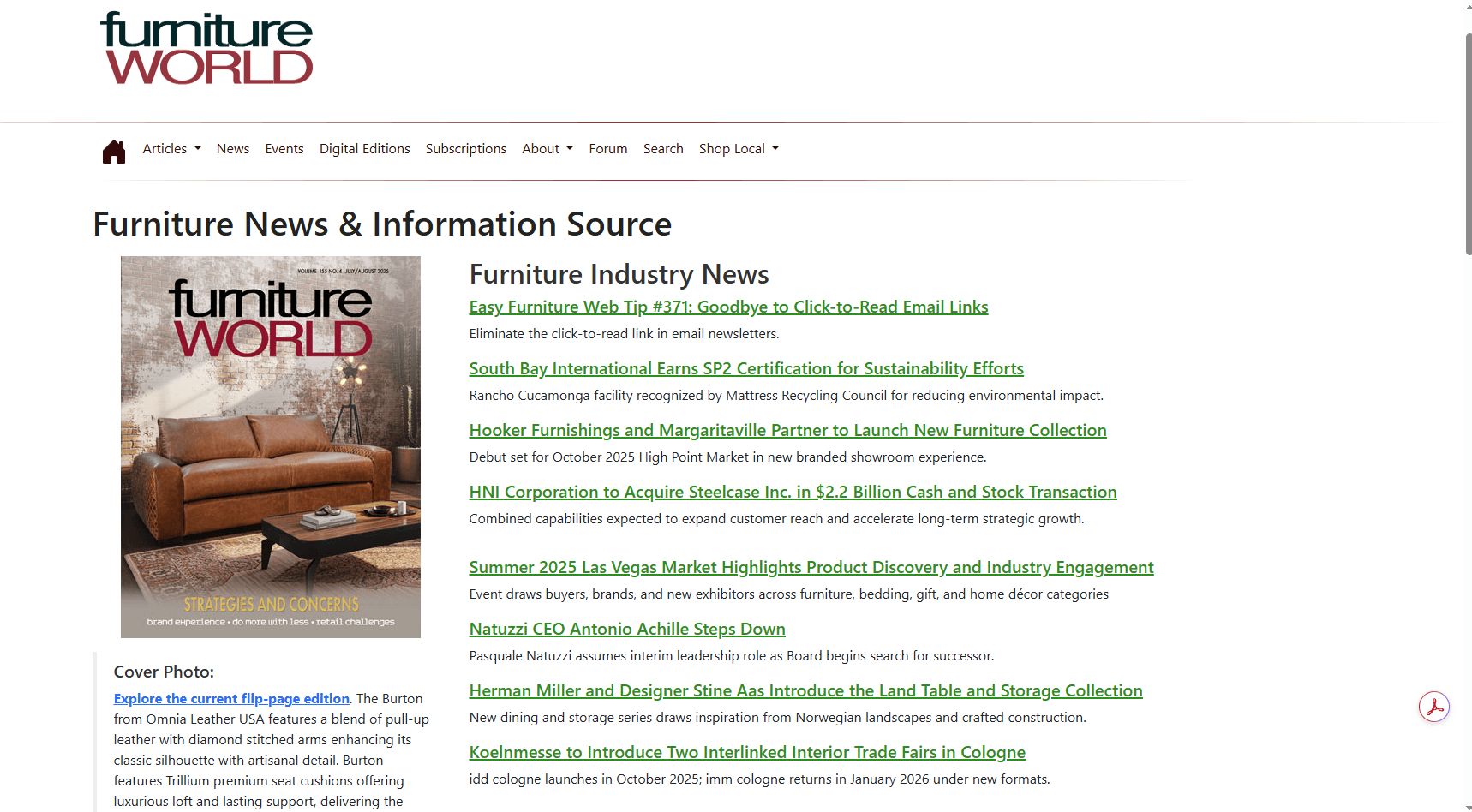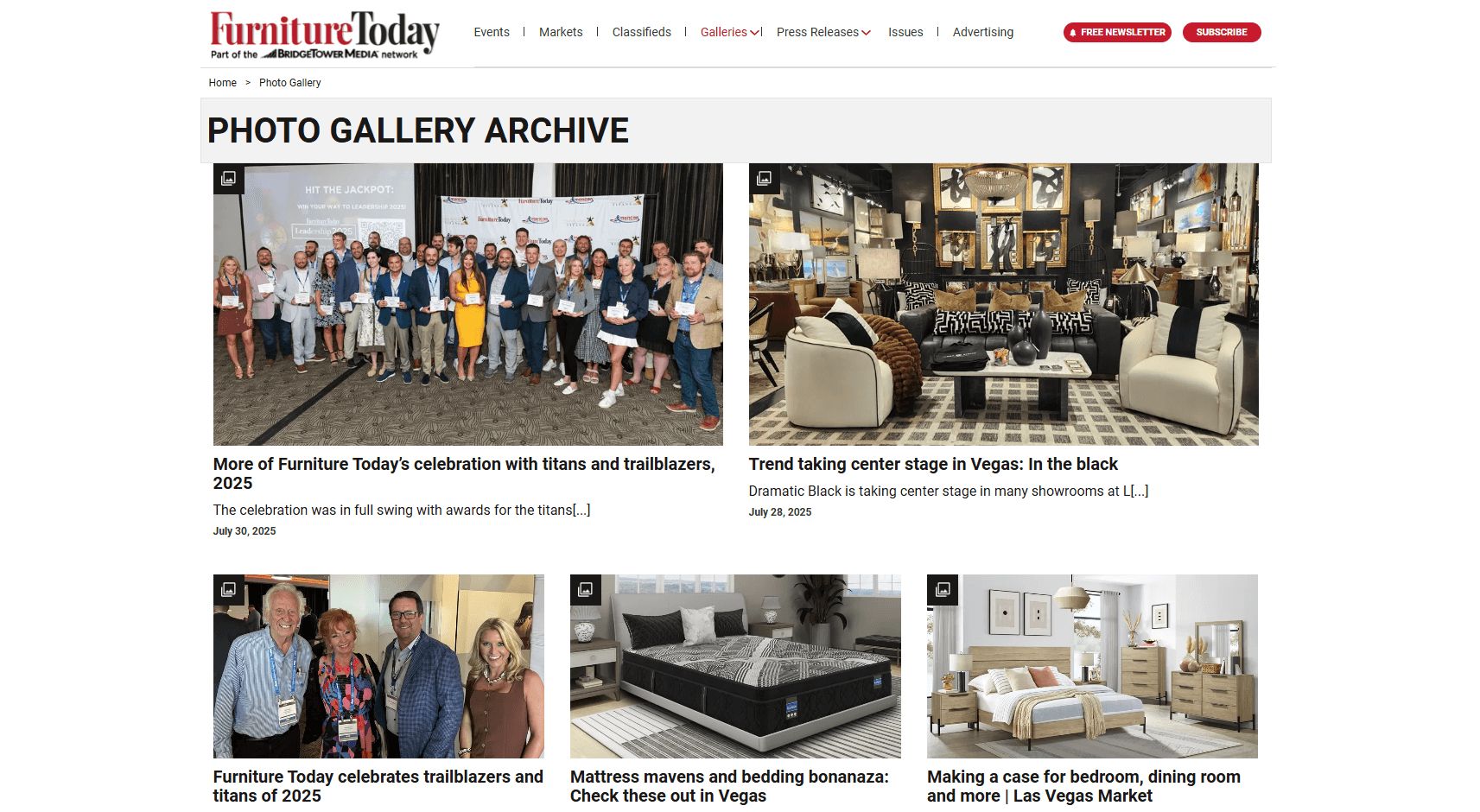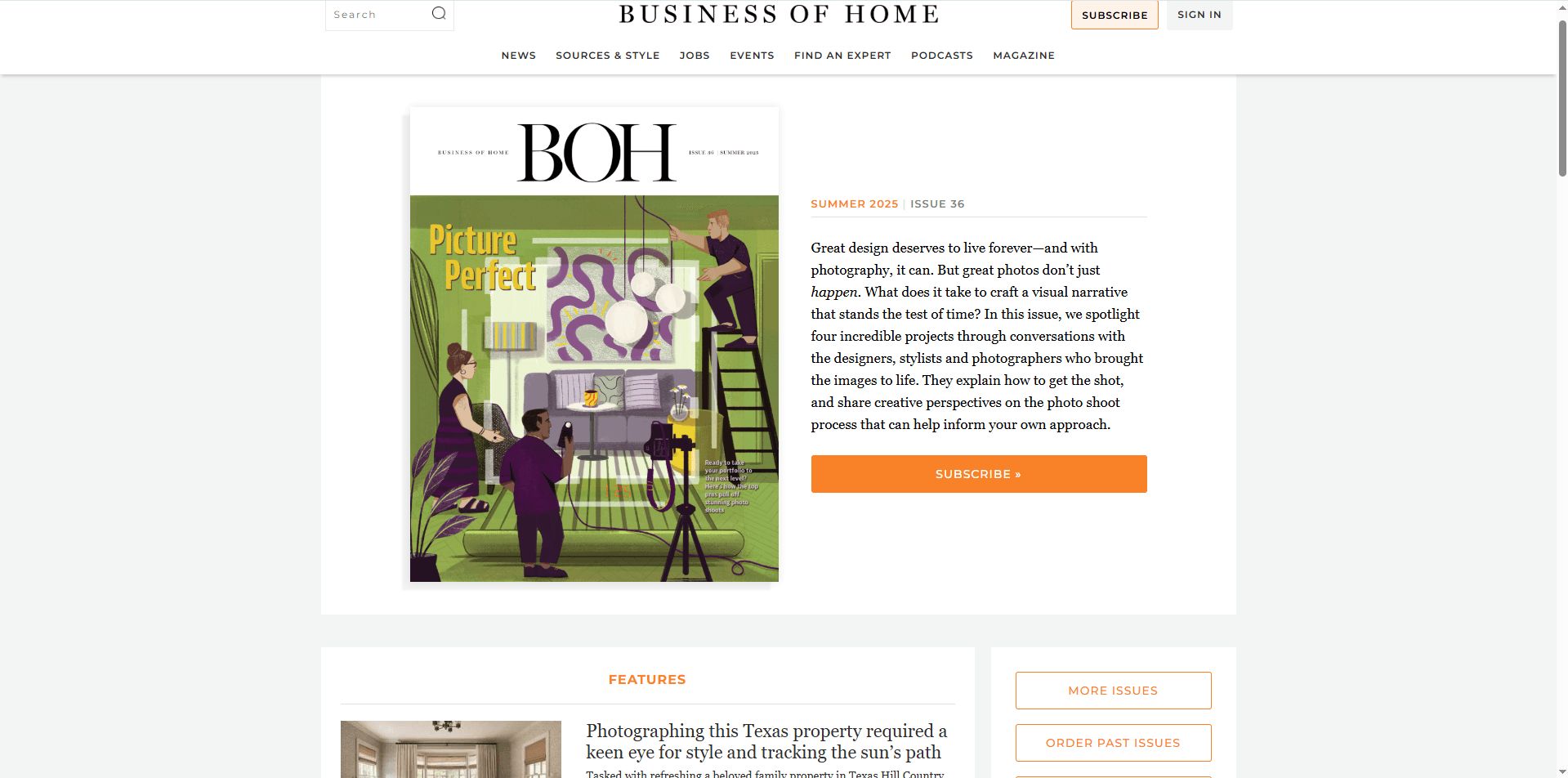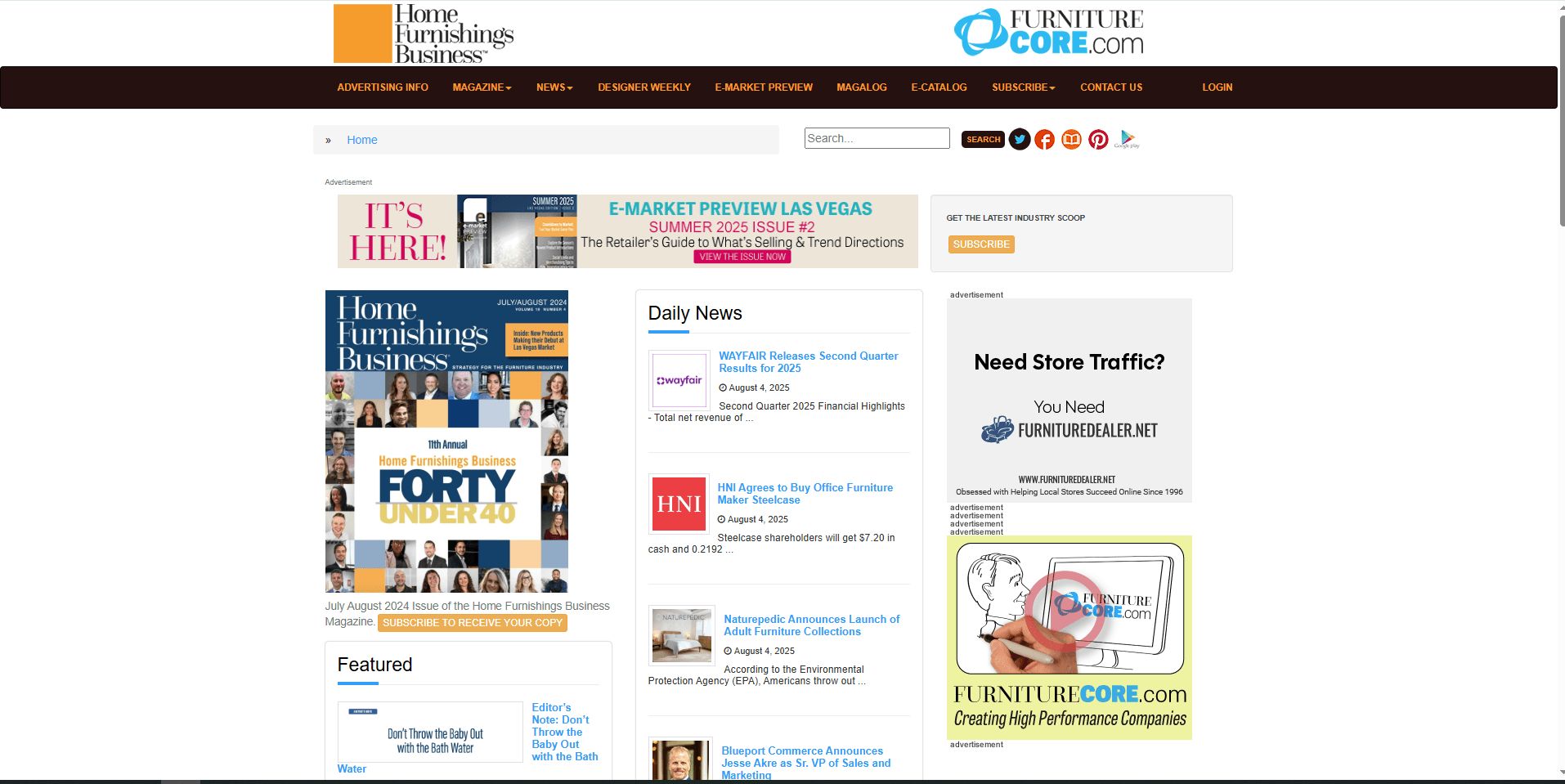Where do you go when you need inspiration and motivation? Usually, you turn to the community of like-minded professionals and experts in your field. For furniture manufacturers and retailers, this could be a furniture magazine and its online version that has a certain amount of subscribers and plenty of helpful content. But there are so many media out there that you might not know which furniture journal to choose as your go-to source.
It’s important to note that furniture mags are not only about entertainment, they are also a great promo tool. To improve your business, you need to discover media that are useful for your particular market and advertise via them. But finding all those mags on your own can take too much time. Wouldn’t it be nice if someone made a convenient selection of the top furniture magazines in 2021? Say no more.
As a product 3D rendering company, we provide our clients with photorealistic CGI for their furniture. But being bloggers ourselves, we are also exploring furniture media for inspiration and networking, just like you do. In this overview, we want to share with you our 5 favorite furniture media we look up to.
#1. Furniture World

Furniture World is an American furniture magazine with a history — they have been on the market for over 150 years and have a huge subscriber base in the US and Canada. On the FW website, you can find various sections, such as selected articles from the print magazine, a digital version of the mag, a forum, news, events, etc.
The Articles and the Digital Editions are perhaps the most useful sections on the website that any furniture industry expert might like. FW focuses on furniture retailers, managers, and brand owners so it offers a wide range of topics for them — finances, marketing, operation, sales education, and more.
Due to the COVID-19, FW provides plenty of news and statistics, as well as opinions of analysts and experts on how furniture businesses can survive a lockdown. Since furniture and home products are not on the essential retailer list in the US, furniture sales are severely limited. With FW, all players from the industry can get the support and advice they need these days.
#2. Furniture Today

Furniture Today is an American furniture mag that provides daily updates on industry news and events. They also have digital issues of the magazine on their website and a huge catalog of products from partners. All in all, we are impressed with how convenient the layout and search system are so you can find anything at a moment’s notice. Also, if you are interested in the local American markets, check out FT’s excellent analytical articles of Las Vegas, Atlanta, Tupelo, and High Point markets.
Besides articles, Furniture Today provides a lot of other informative and entertaining content in the Video section. It’s nice to see the editors paying attention to video materials and even sponsoring their own educational video workshops. Just click on the Home Furnishings Education Network table to get valuable experience and knowledge from the top leaders of the industry.
#3. Business of Home

Business of Home is a New York-based furniture magazine that provides daily news, events and articles on eCommerce digital marketing, business development, and more. BOH is also considered as a community of interior designers and furniture manufacturers, as their website has Job openings and a convenient E-catalog of furniture brands.
Of course, BOH publishes their digital issues in the Magazine section but also highlights individual analytical materials written by independent experts that give food for thought for all industry participants. For example, as CGI providers, we took a moment to read their essay “Renderings are everywhere. Is it good for designers?”
On top of that, BOH focuses on educational content. This furniture magazine has podcasts and a series of educational videos available for subscribers in the Future of Home section. Besides, their Workshops offer tons of online courses on entrepreneurship, management and even 3D rendering. Again, there are discounts or free access to materials for the registered users.
#4. Home Furnishings Business

Home Furnishings Business is a US furniture magazine and web-platform with over 10 000 subscribers. Apart from industry news and statistics, the website contains lots of market analysis, interviews and surveys that you can find in their issues on the E-Market Preview section.
HFB is also focused on building a strong community of professionals by adding the E-Catalog section with products from leading brands and suppliers. Moreover, they even developed their own Magalog ™ i.e a magazine + catalog hybrid to provide subscribers with more products and detailed info on the goods.
On top of that, we liked the Advertising Info section of HFB furniture magazine. It details the specifics of cooperation with HFB for designers and manufacturers, reveals audience coverage, schedule, and so on. With this page, you no longer need to spend too much time searching and requesting such info from a marketing department to plan your promo. Now, how good is that?
#5. Furniture News

Furniture News is a printed and online furniture magazine of the United Kingdom so they naturally focus on the UK market. Their website has all the basic sections such as news, events, and articles where you can find essays on trends and products, interviews with top designers and businessmen, etc. It’s so also great to see Furniture News magazine supporting their followers with the Job section where any company can submit their vacancy listing for a reasonable price.
In addition, Furniture News has a special Dashboard section which they call “The door to the UK furniture industry”. It is like LinkedIn only for players in the local furniture market, so everyone is there — from retailers to manufacturers to suppliers to event organizers. Using Dashboard, you can register for free, add information about your company and find partners from the extensive list of professionals.
